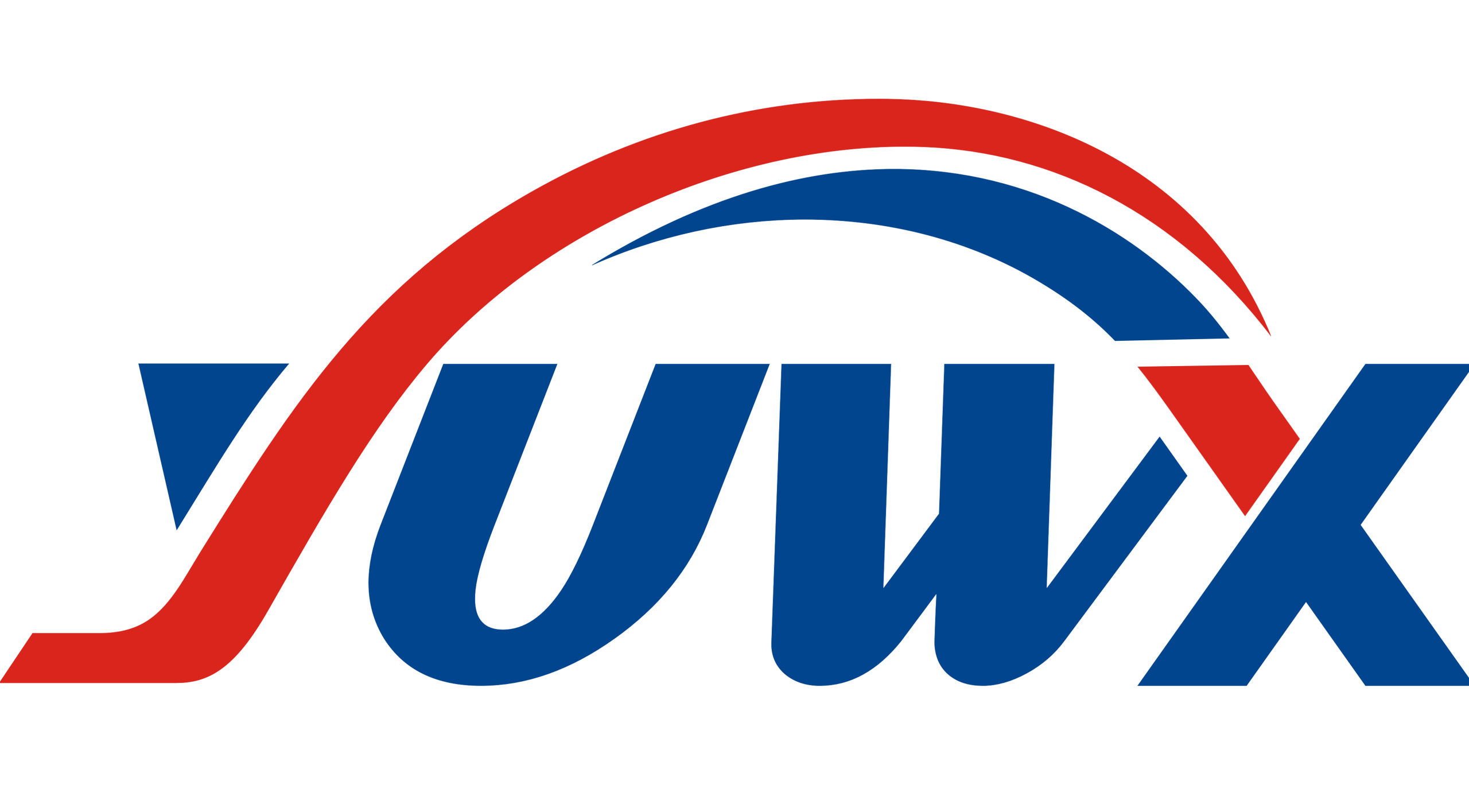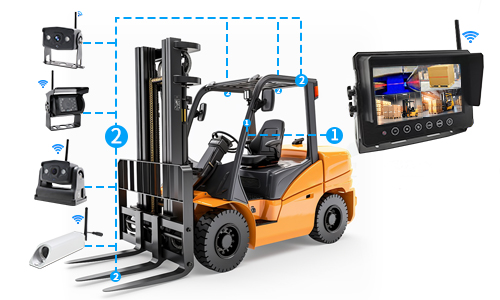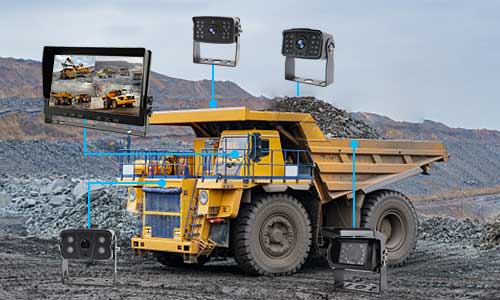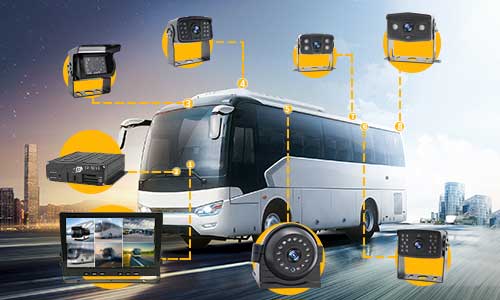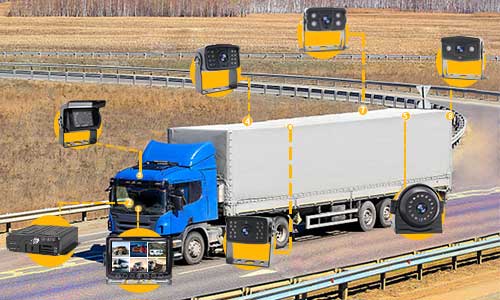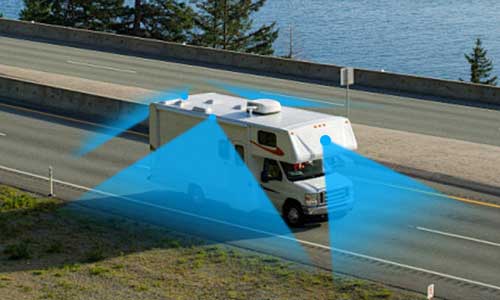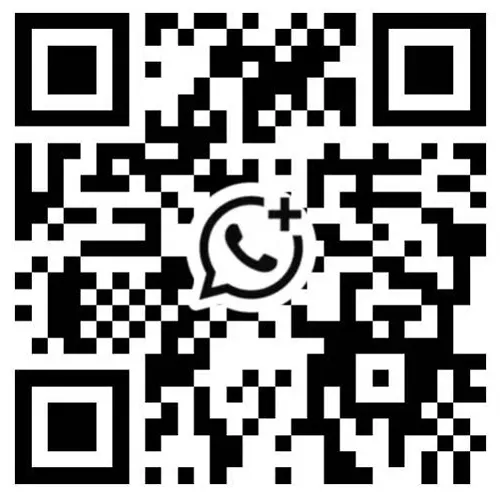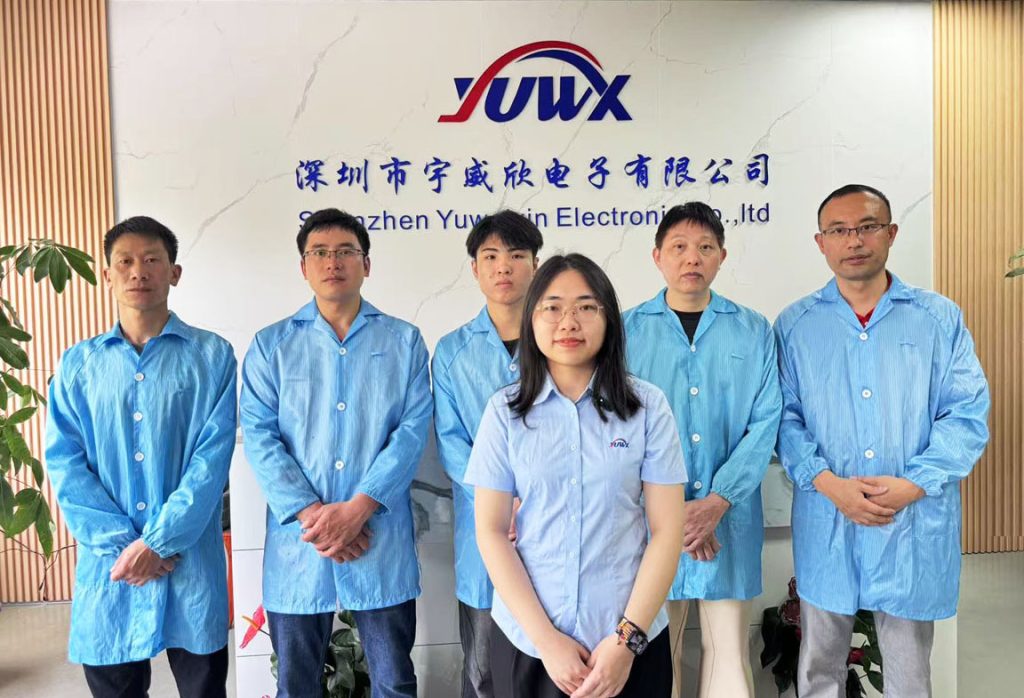As vehicle technology advances, nighttime driving safety remains a key concern. Visibility drops significantly after dark, increasing accident risks. Traditional reversing cameras, though widely adopted, often struggle in low-light or no-light environments. This limitation has sparked the rise of the low-light reversing cameras—the revolutionary solution that transforms how drivers reverse in darkness.
Modern consumers demand more from their automotive systems. Whether navigating narrow driveways or parking in dimly lit urban alleys, drivers need consistent visibility, regardless of lighting conditions. Infrared backup cameras and advanced low-light reversing cameras are engineered to solve this issue. These innovations are changing the landscape of vehicle safety and convenience.
The Technology Behind Night Vision Reversing Cameras
Night vision car cameras utilize a combination of infrared (IR) illumination, low-lux CMOS sensors, and digital signal processing. Unlike standard rear cameras, these units can detect objects and environments even when ambient light is nearly absent. The IR LEDs emit invisible light, which reflects off surfaces and is captured by the sensor. The result is a high-contrast monochrome image displayed on the car’s monitor.
Furthermore, some systems incorporate HDR (High Dynamic Range) and WDR (Wide Dynamic Range) technologies to enhance image clarity. These features improve contrast in uneven lighting—such as areas where headlights create glare or shadows. The fusion of optical and digital technologies delivers safer, clearer visuals in real-time.
Why Traditional Cameras Fail in Low-Light Scenarios
Conventional rearview cameras were designed for daytime use. Most lack adequate sensitivity to operate in low-light environments. Even when paired with car reverse lights, their performance deteriorates in complete darkness. Poor image quality, graininess, and a narrow field of view plague many stock systems.
Infrared backup cameras bypass these constraints entirely. Their design caters to night-time safety and reliability. Utilizing dedicated low-light imaging sensors and IR illumination, they offer reliable imaging that does not rely on ambient light. Therefore, they offer seamless performance in tunnels, parking garages, or rural roads at night.
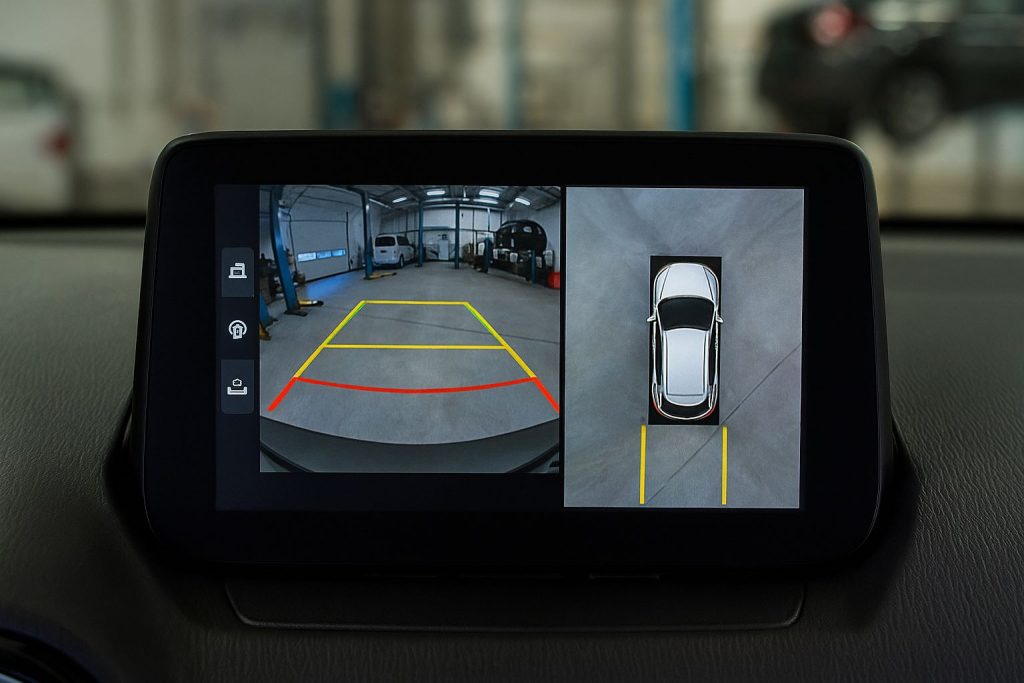
The Surge in Demand for Low-Light Reversing Cameras
The global automotive accessories market has observed rising demand for aftermarket night vision systems. Consumers want greater visibility and fewer blind spots, particularly during reverse maneuvers. From personal vehicles to commercial fleets, low-light reversing cameras are becoming standard additions.
Urban expansion and increasing traffic density have intensified the need for enhanced night-time vehicle awareness. Night vision car cameras meet these expectations. With their precision imaging and broad-angle coverage, they help drivers avoid objects, pedestrians, and other vehicles more effectively. Consequently, vehicle owners now consider these cameras essential rather than optional.
Key Components of Advanced Infrared Backup Systems
An efficient night vision reversing camera system comprises several critical elements:
- Infrared LEDs: Emit non-visible light for enhanced night imaging.
- Low-lux CMOS Sensors: Capture details with minimal lighting.
- Image Processing Unit: Enhances video clarity, contrast, and sharpness.
- Waterproof and Shockproof Housing: Ensures durability in harsh environments.
- Wide Viewing Angles: Covers large areas behind the vehicle.
These components work together to create a cohesive, reliable, and high-performance safety tool for both new and older vehicles.
Enhanced Driver Confidence and Decision-Making
A major benefit of low-light reversing cameras is their ability to boost driver confidence. With clear, consistent visibility, drivers can make quicker and safer decisions. Whether navigating tight spaces or monitoring approaching obstacles, a night vision system reduces reliance on guesswork.
Moreover, these cameras decrease driver fatigue. Traditional methods, like turning and checking blind spots manually, increase physical strain. Enhanced imaging reduces this burden, allowing for a smoother and more focused driving experience.
Integration with Modern Vehicle Platforms
Night vision car cameras are increasingly integrated into vehicle infotainment and ADAS platforms. Many modern systems now allow video feeds to merge with parking sensors, radar data, and AI-based object recognition. This integration creates a comprehensive view of the vehicle’s surroundings.
Additionally, wireless transmission options have improved. Digital cameras can now transmit HD footage to dashboards without latency, simplifying installation and reducing cable clutter. These enhancements are especially useful for large vehicles, buses, and trucks.
Applications Across Vehicle Types and Markets
Infrared backup cameras are not limited to luxury cars. They serve a wide range of applications:
- Private Passenger Vehicles: Increased safety for families and individuals.
- Commercial Fleets: Enhanced operation during night deliveries.
- Agricultural Equipment: Useful for reversing in poorly lit fields.
- Construction Vehicles: Critical for safety in dim job sites.
As night vision becomes a staple feature, more manufacturers are including these systems in their design pipelines.
Comparing Night Vision to Thermal Imaging
While both night vision and thermal imaging serve visibility purposes, they differ significantly. Thermal cameras detect heat signatures, which makes them suitable for identifying living beings or hot objects. Night vision cameras, however, rely on reflected infrared light, making them ideal for general navigation and obstacle detection.
In vehicle applications, night vision is typically more cost-effective and efficient. It provides clearer visual cues, especially when used in conjunction with reverse lighting systems and dashboard displays.
Challenges and Limitations of Night Vision Systems
Despite their many advantages, low-light reversing cameras face certain limitations. For instance, heavy rain or fog can reduce IR effectiveness. In such conditions, visibility may still be impaired.
Additionally, not all night vision systems offer color imaging. Most rely on monochrome output for better contrast. However, new technological advances are beginning to address this by blending IR with visible spectrum imaging for better fidelity.
Regulatory Compliance and Safety Standards
Infrared backup cameras must meet various international safety standards. These include ingress protection (IP67/IP68), electromagnetic compatibility (EMC), and automotive-specific vibration resistance tests. At YUWX, all products are manufactured to comply with these regulations. This ensures both performance and legal compliance in global markets.
YUWX’s Commitment to Automotive Safety Innovation
YUWX has been at the forefront of automotive imaging technology. With years of expertise in manufacturing camera systems, we deliver reliable, high-definition night vision solutions. Our products undergo rigorous testing to meet the demands of extreme environments and high-volume use.
Our night vision car cameras are designed with installers and users in mind. We prioritize ease of integration, consistent performance, and robust construction. Furthermore, we offer OEM customization options for partners seeking brand-specific solutions.
Future Trends in Night-Time Automotive Vision
Emerging trends such as AI-enhanced night vision and 360-degree surround view are shaping the future. Cameras embedded with machine learning will soon identify object types, predict movement, and enhance situational awareness. Combined with LiDAR and ultrasonic sensors, they will form the backbone of autonomous and semi-autonomous navigation systems.
Wireless connectivity, mobile app control, and cloud-based diagnostics are also on the rise. These innovations promise smarter diagnostics, instant alerts, and easier configuration—all in real time.
Conclusion: Better Night Driving Starts with Better Vision
Night driving doesn’t have to be dangerous. Thanks to advances in night vision car camera technology, drivers can reverse with confidence and clarity. Infrared backup cameras and low-light reversing cameras solutions are not merely add-ons—they are essential safety assets.
YUWX continues to innovate in this space, offering superior imaging systems for vehicles of every class. Whether you’re a wholesaler, installer, or end-user, our night vision cameras are designed to meet your exact needs.
Invest in future-ready safety. Choose YUWX for dependable performance, even in the darkest conditions.
